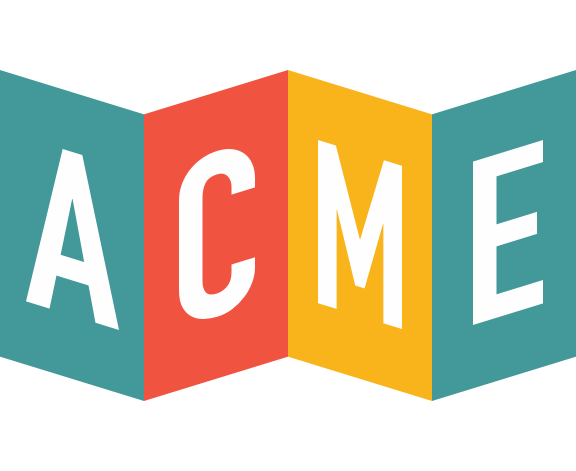
Guide to Setting Up a Membership Model
Building an effective membership model has proven difficult in recent years. In 2018, a study conducted by GrowthZone shows that 54% of organizations showed either no change or a decrease in their membership growth.
While it’s difficult to say why memberships are decreasing for specific institutions, it’s at least clear that membership strategies across most nonprofits simply aren’t working. If this is the case for you, it might be time to set up or reinvigorate a membership model at your institution.
A membership model, in case you don’t already know, is a business plan that allows visitors and guests to pay recurring fees in exchange for the benefits and resources that an institution provides. In many cases, people will become members to support your cause as well as the services and attractions that your organization provides.
Benefits of Nonprofit Membership Models
Here are some of the major benefits of adopting a membership model.
- Steady Cash Flow: Because membership models are built on monthly or quarterly payments, you can depend on a steady cash flow so long as you’re accruing and retaining members. Additionally, this will simplify a lot of your ticketing processes on the managerial side.
- Build a Community: Nonprofit cultural institutions are typically built around and for their communities. Membership models allow you to connect with your communities by building an inclusive group of passionate members who believe in your mission statement as much as you do.
- Efficient Marketing: Members join organizations because they’re excited about the cause and values of an institution. If they believe enough in your nonprofit to become a member, it’s likely that they’ll tell their friends, family, and social circles about your events and exhibits. Additionally, as long as you can maintain your memberships, you can save costs since you won’t have to market to a member more than once.
- Membership Data Strategy: Accruing a large membership following at your institution will provide you with a number of opportunities to collect data and enable your exhibit and event strategies. Returning members provide long-term, steady data access that can show you how often your members read emails, what events they’re excited about, and what turns a passive member into an active one.
- Scaling and Member Outreach: Because all of your members are in a unified network, it’s going to be much easier to communicate to your members regarding any new events, services, exhibits, or merchandise. This will make scaling new developments in your organization easier and cheaper to do.
Nonprofit Membership Model Guide and Steps
If you’re a new organization or you’re just making the change to a membership model, there are a few important steps to ensure you build a large membership pool.
- Build a Narrative: Like all marketing campaigns, you need to present your audience with a narrative and story they can believe in. Look to your mission statement, values, and place in the community for guidance. Once you have a story to tell, start developing your brand and logo. Build your marketing strategy around images and language that are in line with your narrative, and reach out to potential members with this focus in mind.
- Membership Benefits and Values: It’s going to be very difficult to accrue members if you can’t communicate the value of a membership subscription. In order to both gain and retain members, you’re going to need to invigorate your marketing strategy with a list of benefits that membership subscriptions include. These can be a list of discounts, events, members-only access, community bonding, and more.
- Creative Membership Level Names: one simple yet effective way to improve membership experience is by creating fun membership-level names. Membership-level names will often be the first thing your guests see on a membership webpage, and having a creative, fun, or witty bracket system will engage with your donors in a way that encourages them to be a part of your institution.
- Engage Donors: Because nonprofits rely on donations to meet funding needs, membership models are a great way to engage your donors and remind them why they’re giving to your institution. By creating a donor-membership model, you can simplify your communication and network pipelines between you and your members. Send emails that share all the great things your nonprofit has been up to and remind donors why they value your organization.
Final Thoughts: Setting Up a Membership Model
Because most of your membership model costs will be allocated to marketing, you don’t want to plan carelessly or hastily. Take your time to follow these steps before finalizing any of your decisions.
ACME ticketing’s advanced CRM technology will allow you to manage and store important visitor and donor data that you can use to build on these strategies. Our cloud-based technology will automate updates across all platforms, allowing you to streamline your communication process and reach potential members easier than ever before.
Simplify your membership model and try the ACME demo today.

